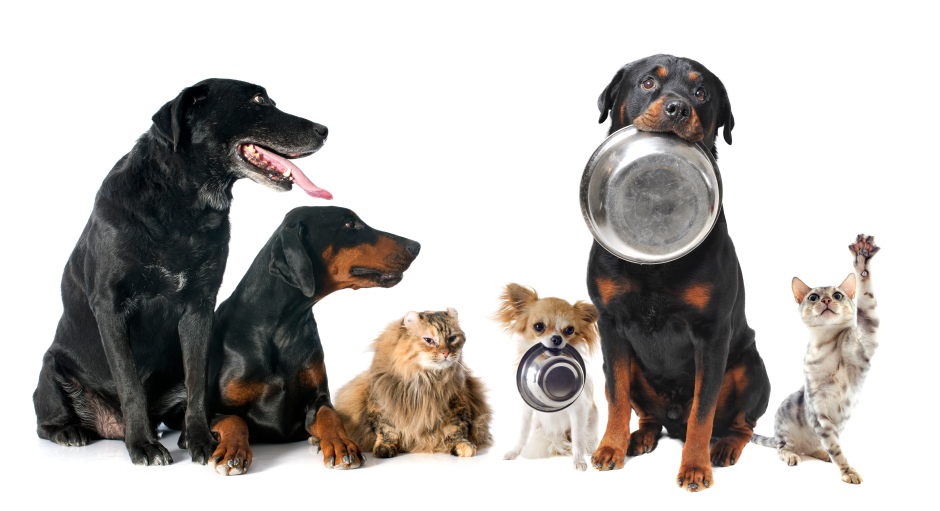Written by Dr. Rittwage
. . . . We’re not just trying to be mean. . .
Pets are considered “over-weight” when they weight 10-20% more than their ideal body weight. They considered “obese” when they are 20% or more above their ideal body weight. This means that as an ideal weight for your typical cat is between 8-12lbs, any cat over 14.5lbs is considered not only “over-weight”, but “obese”!
1. Intolerance to Heat
Excess fat essentially acts like a big insulating blanket wrapped around the body making it difficult for overweight and obese pets to cool themselves off. This is compounded by the fact that too much fat around the chest and belly makes it harder to breathe and pant; the #1 way dogs cool down normally. It is much easier for these animals to suffer from heat stroke than their leaner counterparts and should be closely watched while out in the sun. We’ve also seen heat stroke in fat cats that have fallen asleep on the windowsill on a hot sunny day. So watch out for these guys too!
2. Joint Pain
Contrary to popular belief, fat is not just our body’s way of storing excess energy. Fat is actually biologically ‘active’; secreting hormones and chemicals which cause inflammation. So, not only are the joints of overweight and obese pets over-stressed by having to lift and carry heavier loads, but their own fat cells are contributing to the inflammation that is part of the pain associated with arthritis.
3. Type 2 Diabetes
Same as in people, obesity in pets can lead to insulin resistance over time. This is a costly disease that will likely continue for the remaining years of your pet’s life. The majority of animal diabetics require insulin injections twice a day, so prepare to say goodbye to the convenience of having an independent indoor cat that can stay home alone while you take off on weekend getaways!
4. Heart Disease
Overweight and obese pets develop high blood pressure and heart rate. This makes the heart work harder than it normally would and increases the risk of heart disease and cardiac incidents.
5. The Big “C”
Research studies using rats have discovered a link between increased belly fat and the risk of abdominal cancers. High fat diets have been shown to increase the risks of prostate and colorectal cancers in people and in pets. They have also found that cancers in overweight and obese pets typically act more aggressively than they usually would in a pet with a normal body condition, thus reducing life expectancy.



